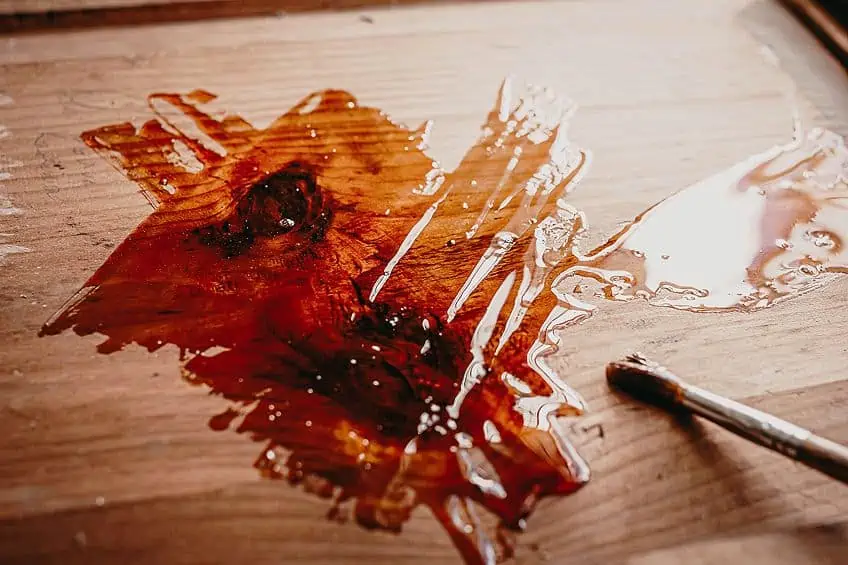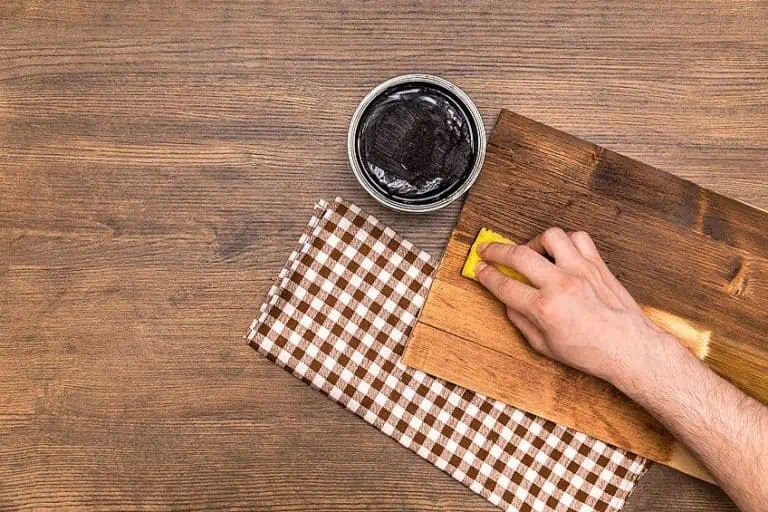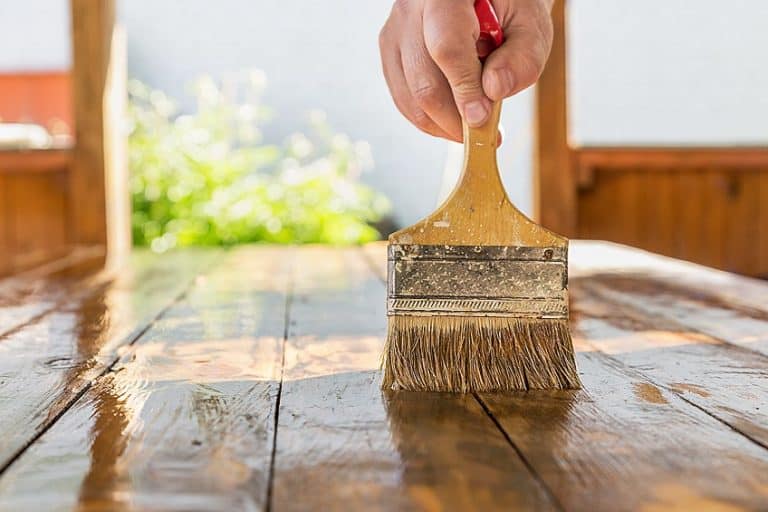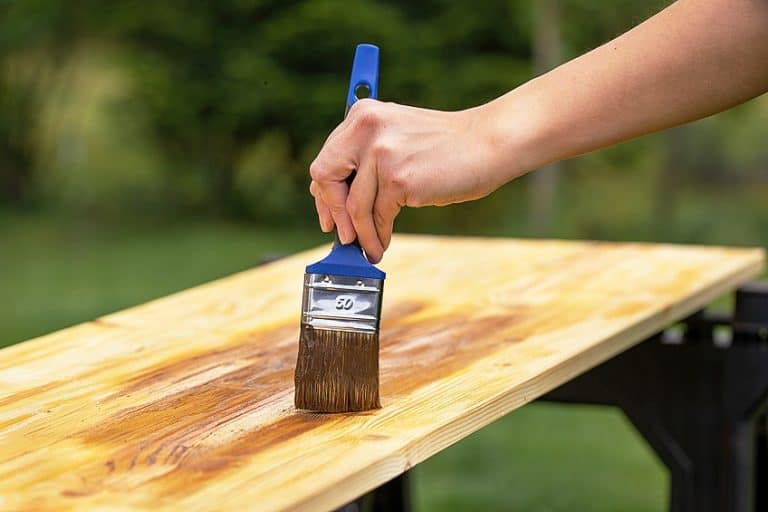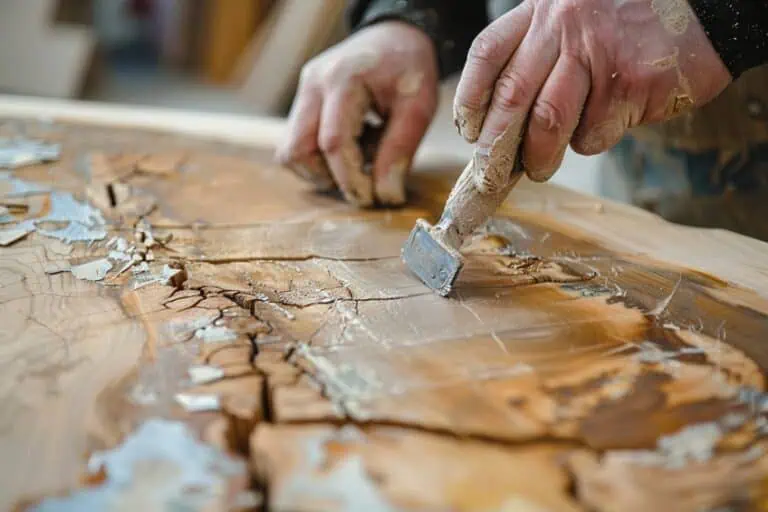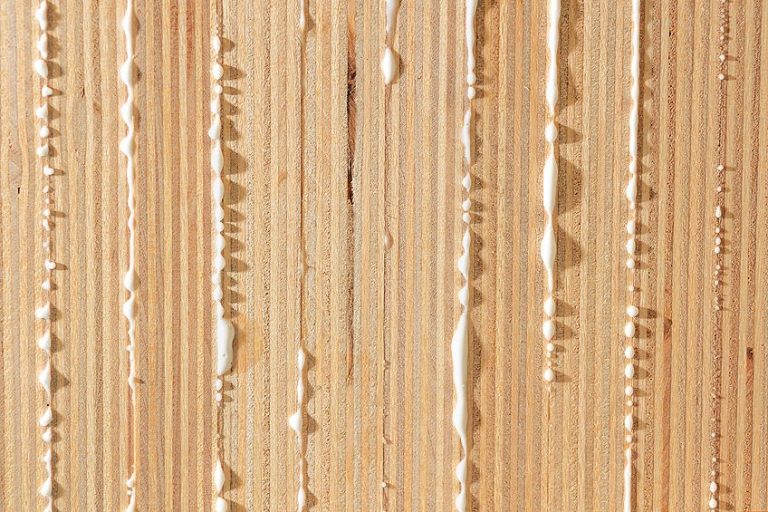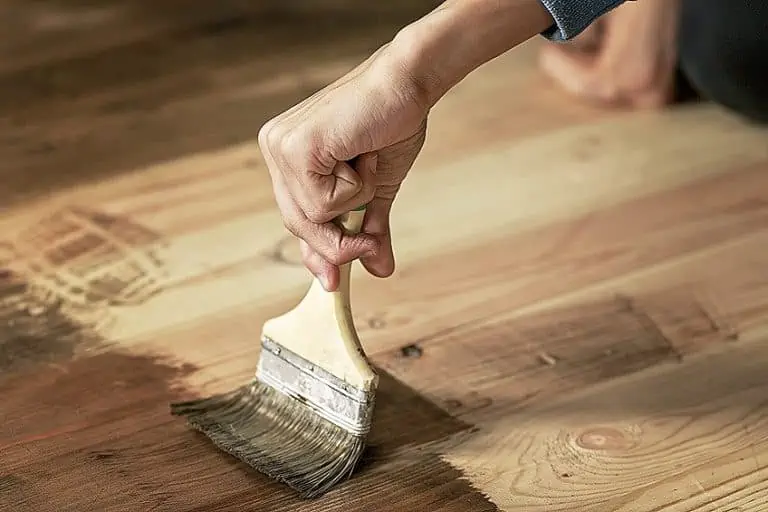Epoxy Paint for Wood – Applying an Epoxy Coating for Wood Floors
Epoxy paint provides a durable coating for many kinds of surfaces, including wooden surfaces such as tables and floors. Using epoxy paint for wood will lengthen the life of your wooden surface, as the strength of this material will protect the wood against damage. Before you can apply epoxy paint to your wooden surface, you will first have to prime it so that you can guarantee a secure adhesion between the paint and the wood. This article will guide you through all that you need to know before using epoxy paint.
Table of Contents
Choosing the Best Epoxy Paint for Wood
When selecting a brand of epoxy paint for wood floors, you will find that there is a wide variety of choice. You will need an epoxy paint and a primer, both of which should be of a good quality so that you can guarantee successful results.
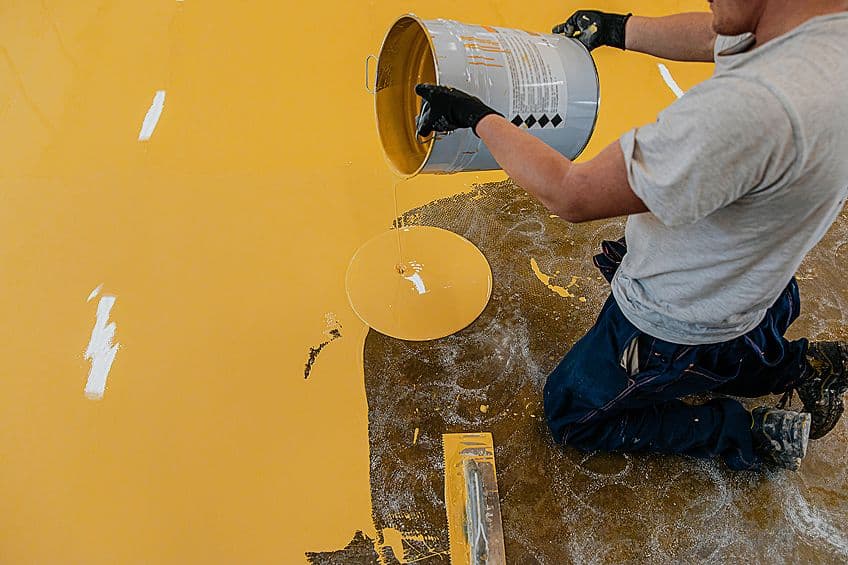
Wood Floor Epoxy Primer
If you try to apply epoxy paint to a bare wooden surface, it will not stick. Epoxy paint can only adhere to a wooden surface that has been primed with an acrylic latex primer. Primers are available in both light and dark shades, so it is best to select a primer that matches the natural color of the wood.
RUST-OLEUM Maximum Adhesion Primer
Rust-Oleum offers a water-based primer that also acts as a sealer when applied to wooden surfaces. This primer works with most topcoats and can be applied to both indoor and outdoor surfaces.
This product is formulated to allow for the maximum amount of adhesion between the surface and the paint. This primer is especially useful in more humid environments, as it possesses excellent wet adhesive properties.
Pros
- Simple to use
- Can be used on interior and exterior surfaces
- Works in wet or humid conditions
- Dries quickly
Cons
- May not work well with some surfaces
Epoxy Paint for Wood Floors
Epoxy paint is made of two separate components that you will need to combine in order to elicit a chemical reaction. This reaction causes these components to harden into an extremely durable coating with a glossy finish. As the hardening process begins the moment you mix the two components together, you have only a short period of time before you can no longer work with the paint.
RUST-OLEUM Marine Topside Paint
This epoxy paint is oil-based, allowing for ease of application and a good amount of self-leveling. The coating provided by this product is formulated to endure the toughest weather conditions, and will prevent sun damage due to its resistance to UV rays.
- Flexible oil-based formula
- Quick-drying
- Durable coating is UV- and weather-resistant
You can cover up to 100 square feet of surface area with one quart of this paint, which should become dry to the touch within 1-2 hours. You can expect a smooth finish that will remain glossy for a long time.
Pros
- Easy application
- Fast-drying
- Extremely durable
- UV-resistant
Cons
- Pricey
- Must apply several thin coats
How to Apply Your Wood Floor Epoxy
It is important to prepare your surface properly before applying your epoxy paint. You will then need to mix the paint components together, after which you can begin to apply your epoxy paint for wood floors. We have outlined the most important steps that you should follow when undertaking this project.
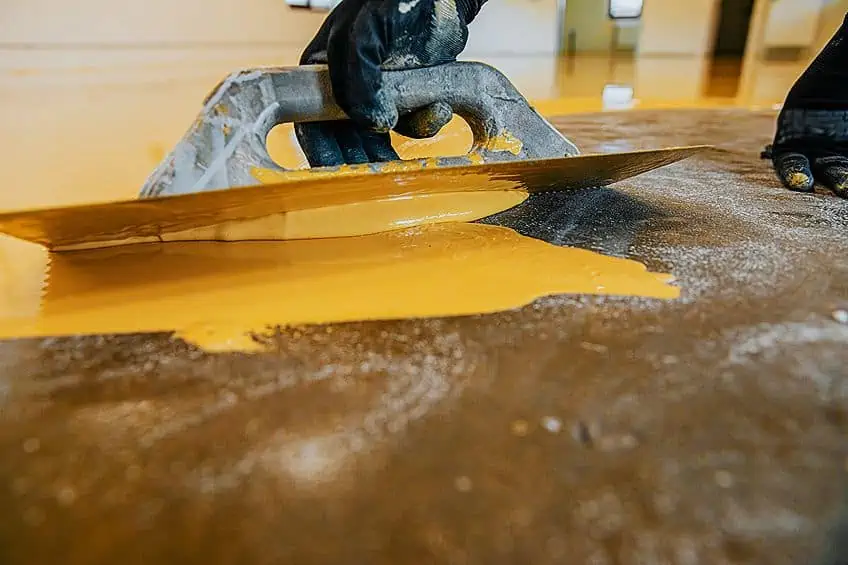
Step 1: Safety Precautions
- You should always wear the appropriate gear when working with epoxy paint, which can release toxic fumes while still in its liquid state.
- You will need a pair of protective goggles, nitrile gloves, and a breathing mask.
Step 2: Sand the Wooden Surface
- You cannot apply epoxy paint to wooden floors that have been previously coated with varnish or sealer. You must remove any old coatings by using a palm or power sander.
- Surfaces cannot be primed or coated unless they are clean, dry, and clear of any debris. Use a vacuum to remove any excess dust from sanding, and then wipe the surface down with a cloth to ensure that all contaminants have been removed.
- It is best to sand in the same direction of the wood grain. This will result in the most attractive finish.
- Some woods, such as teak, produce a lot of natural oil. Any oil on the surface should be cleaned by wiping it down with paper towels dipped in acetone.
Step 3: Priming the Wood
- You will have to apply an acrylic latex primer to any bare wood surfaces before applying epoxy paint. The paint will not adhere to the wood if it has not first been primed.
- You can apply the primer using a roller that has been attached to a pole. Allow the primed wood to dry for a period of at least three hours before applying the epoxy paint.
- You will need to apply several coats of primer. You will need to allow each individual coat to dry before applying the next. While this may be a tedious job, the final outcome of your painted surface will look all the more attractive.
- You should use a primer that will complement the color of your epoxy paint. Primers are available in both light and dark colors, so pick one that will suit the shade of epoxy paint that you want to use.
Step 4: Mix the Epoxy
- Once your surface has been sufficiently primed, you can apply the epoxy paint.
- Mix the two epoxy components together thoroughly. You should stir the two liquids together for a minimum of five minutes. Stirring too little will result in the epoxy drying unevenly and leaving a sticky finish.
Step 5: Apply Your Epoxy Coating for Wood Floors
- Apply your epoxy paint for wood using a roller attached to a rolling pole. Add a shed-resistant cover to your roller to prevent unwanted pieces of brush being left behind on the epoxy surface.
- The epoxy paint needs to be applied quickly. As the mixture will begin to harden the moment the two components have been combined, you will have no more than an hour or two with which to work with the epoxy paint.
- Applying the epoxy paint can lift the wood fibers of some coarser wood types. The coarser grain of some kinds of wood can be quite tough, so if the wood fibers do split upon applying the epoxy paint, stop and allow this coat to cure and dry completely. You can then sand down the surface until it is smooth once again, after which you can apply the next epoxy coating for wood floors.
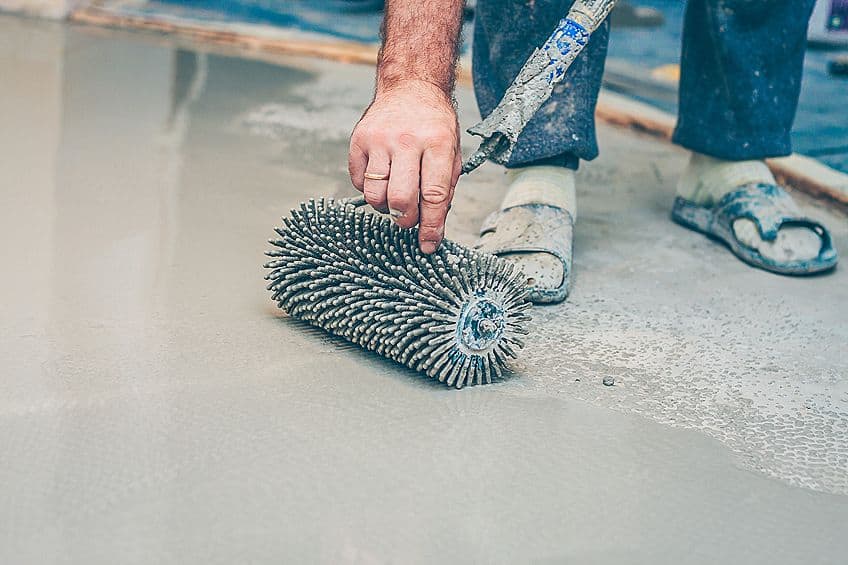
Helpful Hints for Applying Epoxy Floor Paint for Wood
- Take great care when preparing the surface. Make sure that it is completely clean, dry, and free of any loose dust or debris.
- Apply the epoxy paint by beginning with a far corner and working backwards towards the room’s doorway. This way, you will not get stuck between the wet epoxy paint.
- You will need 2-4 coats of wood paint. Apply several thin coats with a foam roller. Only apply the following coat once the previous coat has dried to the point that it feels somewhat sticky to the touch.
- Use a UV-resistant coating on outdoor surfaces. You will need to apply an additional clear coating of epoxy resin that has been formulated to resist the effects of the sun’s UV rays. This coating can be applied once the final layer of epoxy paint has dried completely.
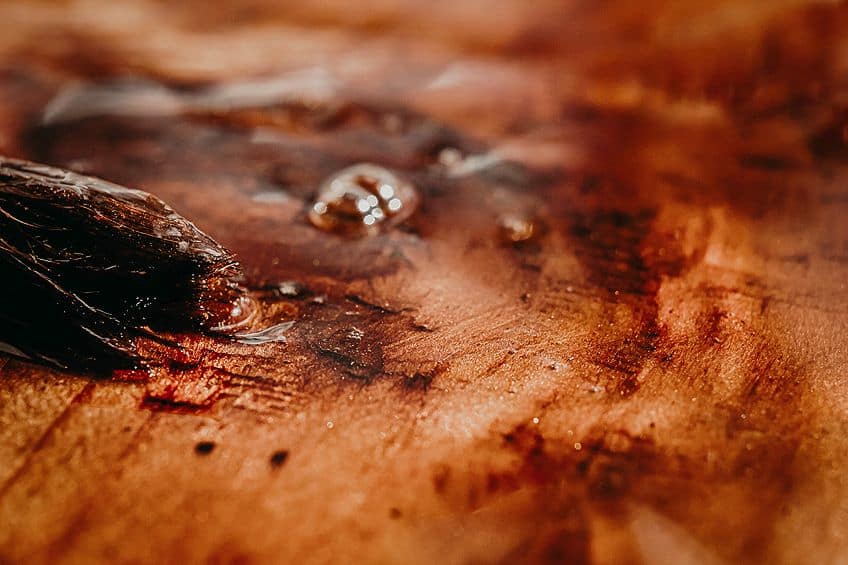
View our Epoxy Coatings for Wood Floors web story here.
Frequently Asked Questions
Do You Get Epoxy Floor Paint for Wood?
You can apply an epoxy coating to almost any surface, although this material was initially formulated to be a coating for concrete. You can use epoxy paint on wooden surfaces provided they have been primed first, as the paint will not adhere to bare wood.
Is Wood Floor Epoxy Waterproof?
An epoxy coating will make your wooden surface durable and resistant to water. Epoxy coatings are ideal for surfaces that will be exposed to moisture on a frequent basis, although you should opt for a UV-resistant epoxy for exterior surfaces.
Must I Seal the Wood Before Applying Epoxy?
The porous nature of wood means that it is best to seal the surface before applying epoxy so as to prevent bubbles from forming. Many primers also act as a sealant for the wood, so that you can apply the epoxy paint directly onto the primed surface.
Should I Varnish My Epoxy Coating for Wood Floors?
Adding a final varnish to your epoxy paint will further increase the durability of your surface. You can increase the strength of your epoxy whilst enhancing its finish by applying a clear polyurethane varnish coating.

I have been into woodworking since 2005 and woodturning since 2011. Because of my love for wood and woodworking, I started woodhappen.com to teach other enthusiasts about how to finish and seal wood, the best woodworking tools, the different types of wood, and everything else related to woodworking! Read more about me here.

